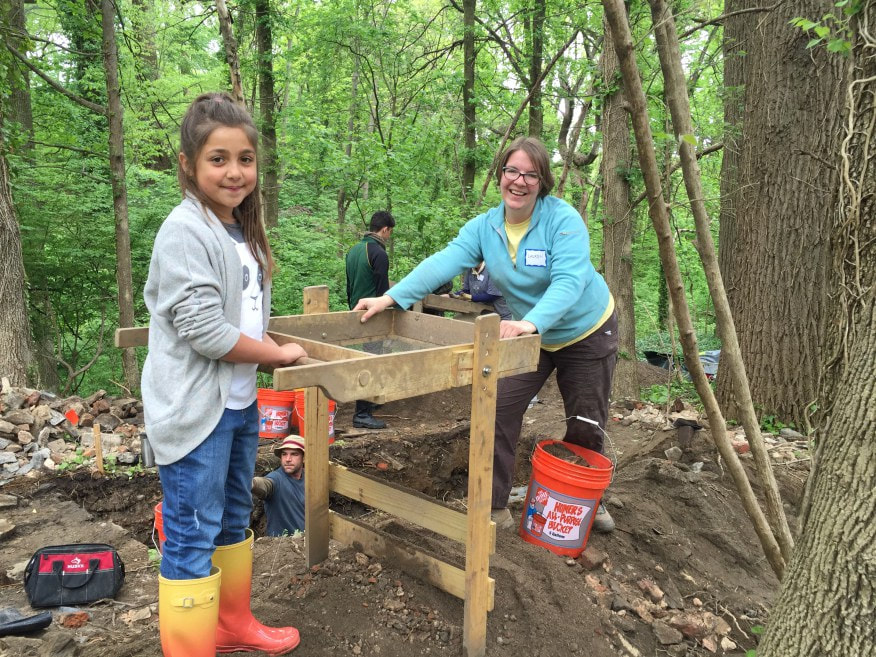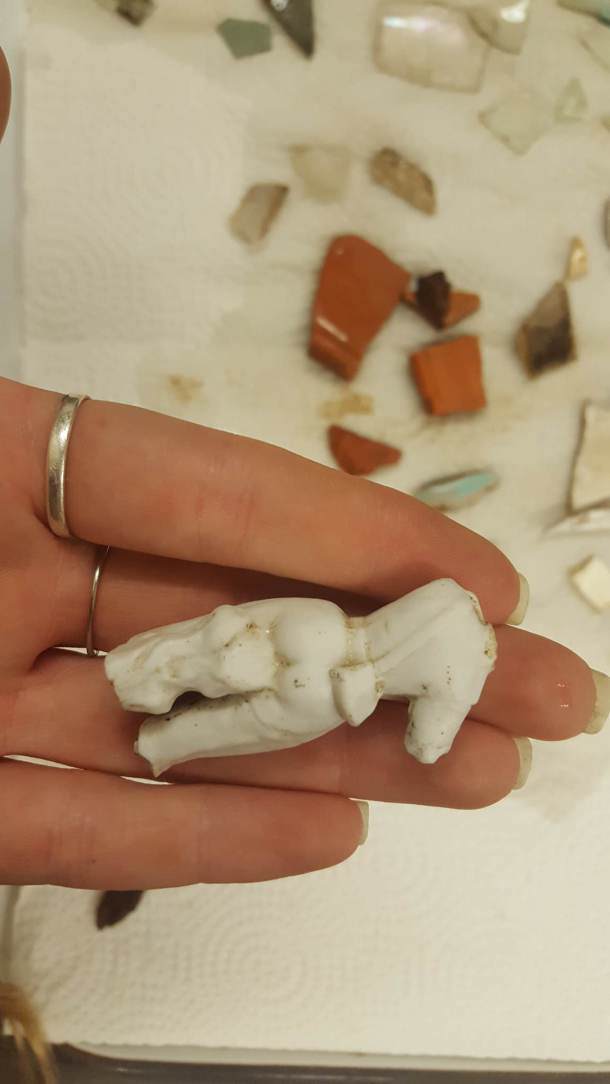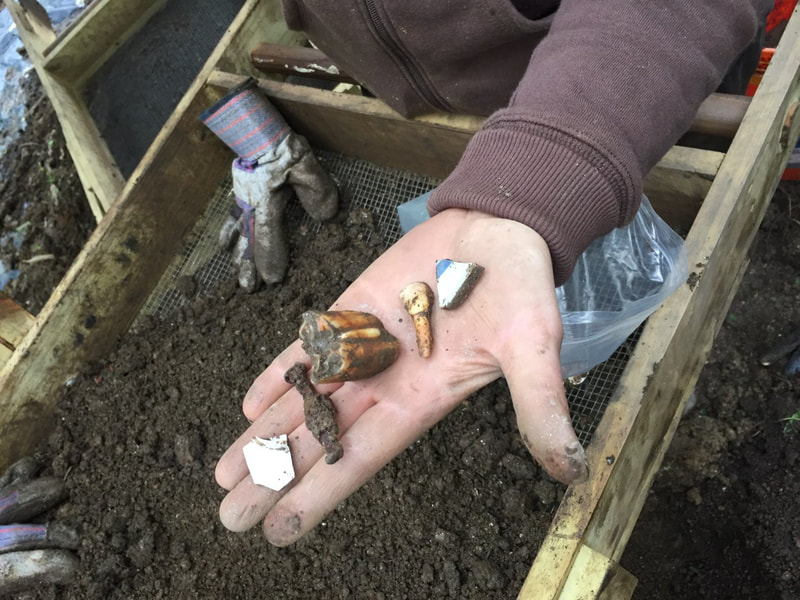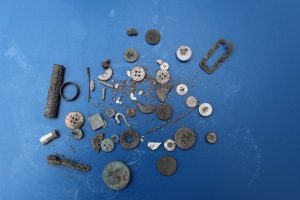|
As a recent archaeology grad stuck in the never ending search for my first job, I’ve been on a mission to refine my resume by volunteering with local archaeology projects. I came across the Herring Run Archaeology Project on Facebook a few weeks ago and jumped at the opportunity to get involved. I am so glad that I did.
residence of John Broad, a former indentured servant and one of the earliest European residents of the Baltimore area. This site dates from about 1680 to 1740, and is the oldest historical site in the city. The project offers volunteer opportunities for their ten-day field season each spring, and lab work in the fall, winter, and spring. The project is open to people with all levels of experience.
For more information about the Herring Run Archaeology Project and how to volunteer, please visit https://herringrunarchaeology.org/ or contact [email protected]. About the author: Sophie Lange is an intern at AITC and a recent graduate of Durham University where she received a MA in International Cultural Heritage Management. Sophie currently works for a government contractor on an immigration project, but she tries to get involved with as many local archaeology projects as possible. That way, she can keep her archaeology skills as sharp as her Marshalltown trowel.
0 Comments
Leave a Reply. |
|





